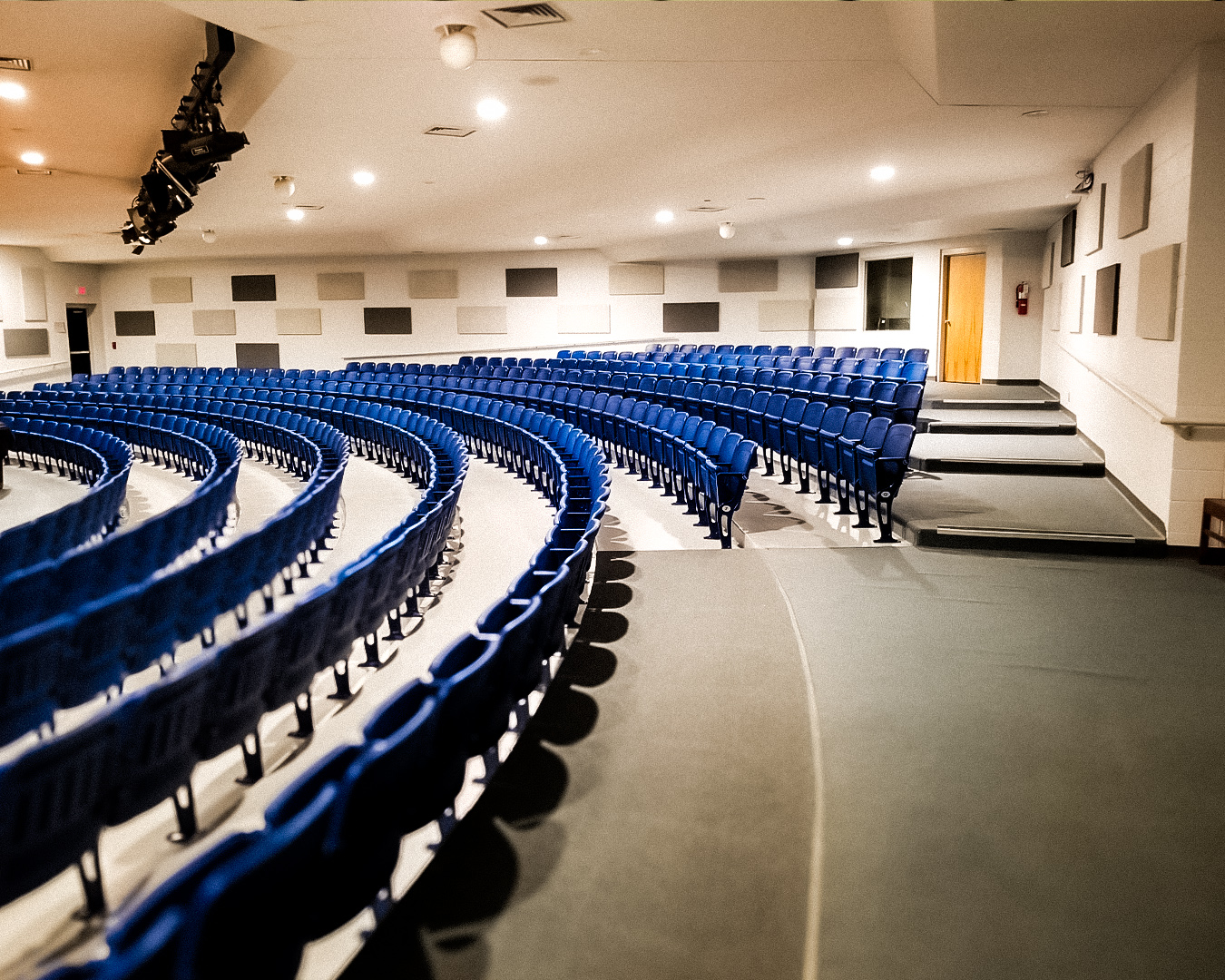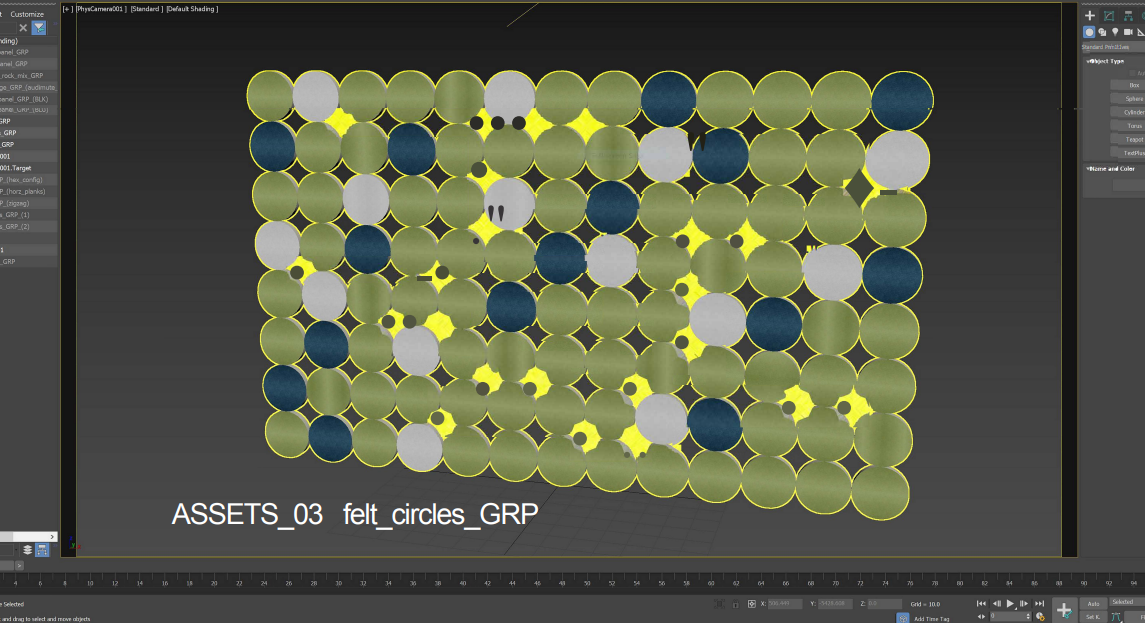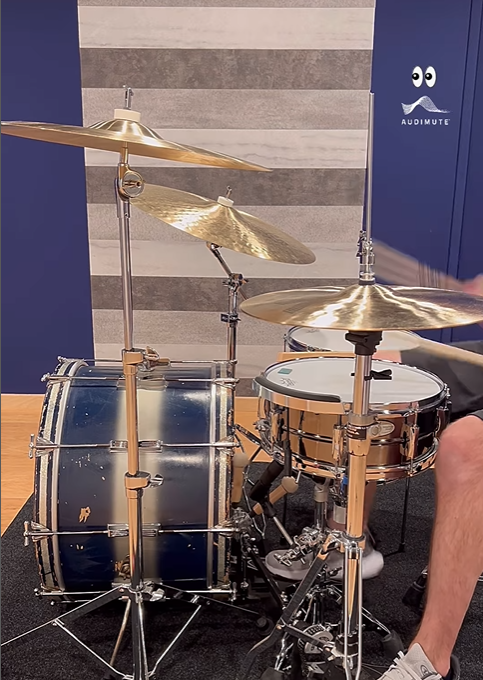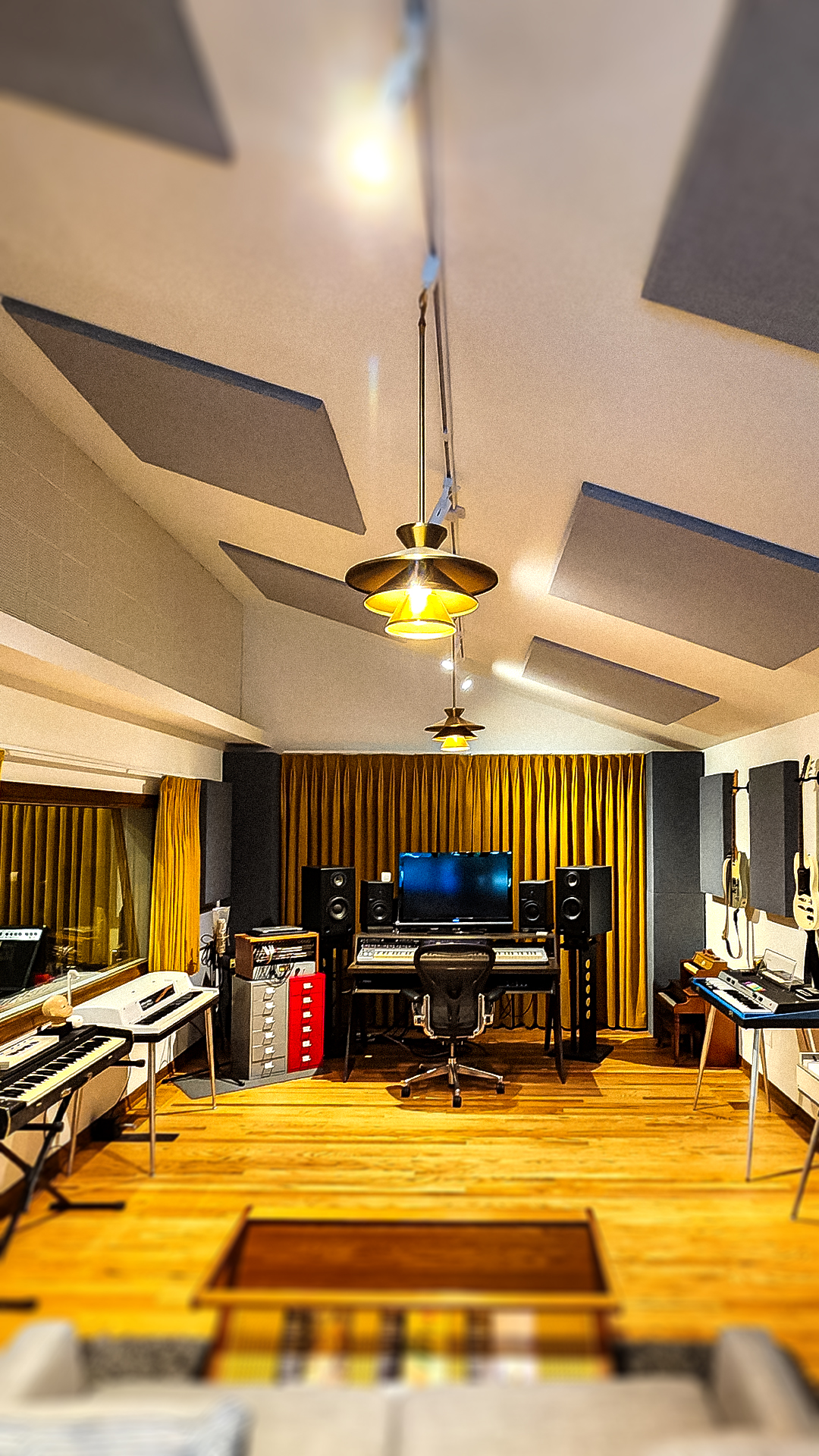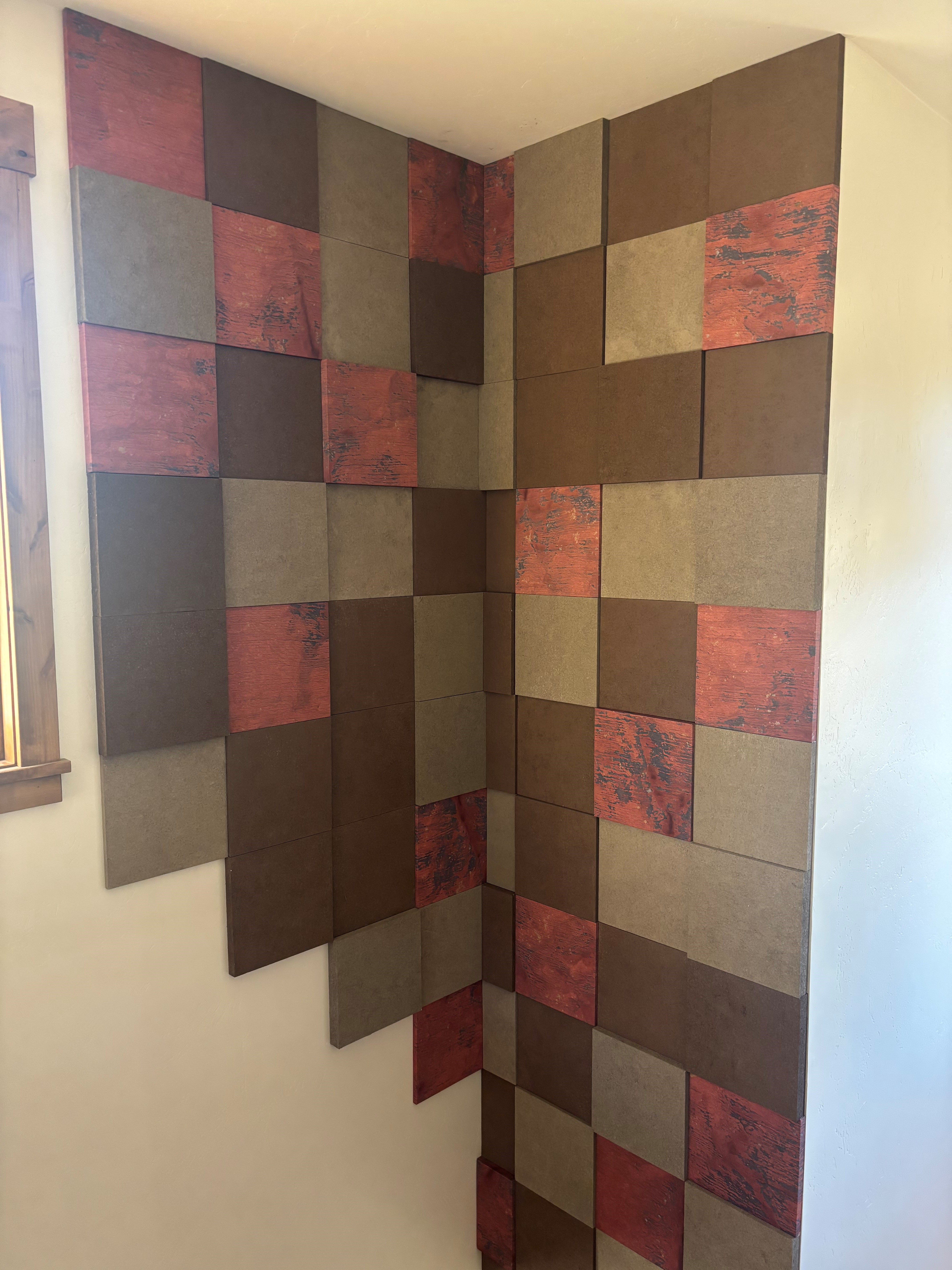What is Sound Masking and Do I Need It?
- Sep 22, 2025

What is Sound Masking?
In the acoustics industry, we often talk about the ABCs of sound management:
A - Absorption. Absorption uses soft, porous materials to absorb sound waves and reduce echoes, reverberations, and reflections within a space. Acoustic panels are a popular example of sound absorption.
B - Blocking. Blocking uses materials with mass and density to prevent sound waves from entering or exiting a space. Sound barriers or thick walls made of concrete are popular examples of sound blocking.
C - Covering. Covering, or sound masking, uses ambient noise to cover, or mask, distracting background sounds.
How Does Sound Masking Work?
Unlike many sound solutions that focus on removing noise from a space, sound masking actually works in the opposite way: it adds sound to the space to make human speech less intelligible ... and therefore less distracting to those nearby.
Sound masking uses speakers that emit a soft, gentle sound (like that of airflow or a tranquil waterfall) to "mask" or "hide" noises at a certain frequency (usually within the range of human speech). Since our brains will naturally focus on human speech in quiet spaces, the addition of these sound masking systems allows our brains to treat distracting human speech or conversations as just part of the general ambient noise.
Is Sound Masking the Same as White Noise?
No. Sound masking is designed to be non-intrusive. It should blend in with the ambiance of a space but not completely overtake it. White noise, on the other hand, is meant to overpower all other noises within a space. It is similar to the sound of a staticky TV and usually does not match the frequency range of normal human speech.
What are the Benefits of Sound Masking?
By "hiding" loud human speech that would otherwise be clearly heard by those nearby, sound-masking applications reduce distraction, which, in turn, can increase focus and productivity. Sound-masking systems don't just benefit those overhearing this intelligible human speech; they also benefit whomever is doing the actual speaking, as their privacy is now enhanced by making it more difficult for others to eavesdrop.
Is Sound Masking Only for Human Speech?
No! Human speech is usually the target of most sound-masking applications BUT with proper engineering and specialized frequency-tuning, sound masking can also lessen the impact of noises from factory equipment, HVAC systems, electronics, and more.
Do I Need Additional Acoustic Products With Sound-Masking Systems?
Sound masking is highly effective at reducing distractions and improving speech privacy, but it’s just one component of an overall sound solution. Additional acoustic products as Acoustic Panels can help improve the quality of the masking by cutting down on rampant sound wave reflections from hard surfaces such as glass or concrete. And as with any sound management solution, amount and placement are key: if you don't have the proper quantity of sound emitters installed at the correct heights or positions within a space, you run the risk of having an unbalanced sound-masking solution that, in fact, solves nothing.
At Audimute, our Acoustic Specialists understand that sound masking is not a commodity; it is a skill and a strategy that involves design, customization, installation, and overall acoustic accountability. It's why we use it as one component in -- and not the entirety of -- an overall sound management solution. Contact us to learn how sound masking can improve your workplace or business!
